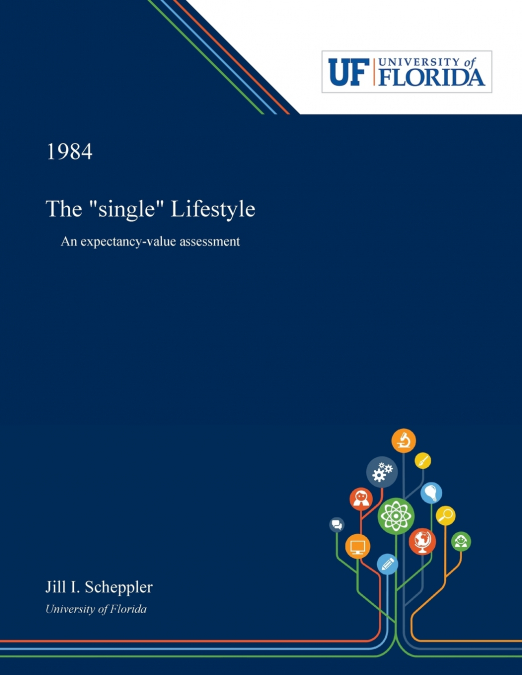
Jill Scheppler
Abstract:The expectancy-value model was used to test a number of hypotheses about the single lifestyle by determining attitudes toward the lifestyle and its major alternative, marriage. A survey based on the model served as the database. Based on the literature it was hypothesized that 28-30 year old single males and married females the same age would report the lowest levels of satisfaction with their lifestyles. It was predicted that the highest levels of satisfaction would be reported by 28-32 year old married males and single females of the same age. The hypotheses were strongly supported by the data. Overall, the expectancy-value model predicted behavioral intention when mediated by attitude/satisfaction. It was argued that as a change in lifestyle is often not feasible, knowledge of satisfaction may be more important.Dissertation Discovery Company and University of Florida are dedicated to making scholarly works more discoverable and accessible throughout the world. This dissertation, 'The 'single' Lifestyle' by Jill I. Scheppler, was obtained from University of Florida and is being sold with permission from the author. A digital copy of this work may also be found in the university’s institutional repository, IR@UF. The content of this dissertation has not been altered in any way. We have altered the formatting in order to facilitate the ease of printing and reading of the dissertation.